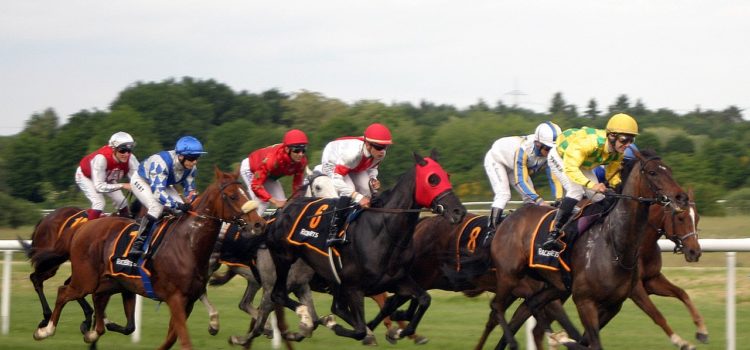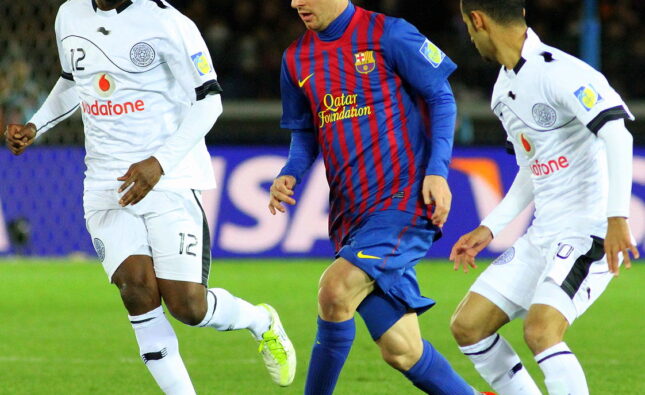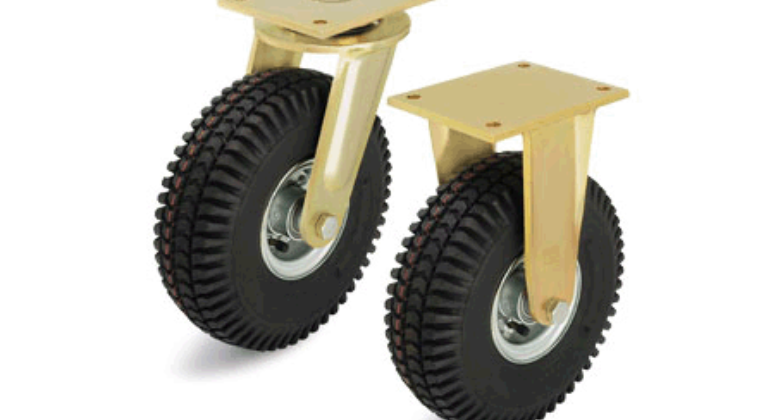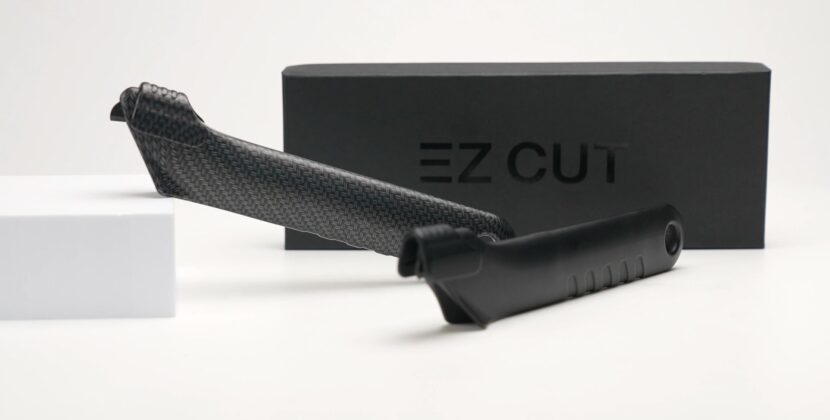 It’s that time of year again when the greatest racehorses in the UK and Ireland plan their route to Aintree, the home of the Grand National. One of the greatest jumps races anywhere in the world, the annual event regularly attracts over 600m viewers from around the globe. That also means it is a huge day for those who like to have a flutter or a small bet.
It’s that time of year again when the greatest racehorses in the UK and Ireland plan their route to Aintree, the home of the Grand National. One of the greatest jumps races anywhere in the world, the annual event regularly attracts over 600m viewers from around the globe. That also means it is a huge day for those who like to have a flutter or a small bet.
Almost every year over 100 horses get entered into the Grand National at the end of January. Over the next two weeks that follow those horses are ranked from the highest rated to the lowest by the BHA Handicapper. He then allocates a weight to each potential Grand National runner, starting with the best on 11st10lbs. Working his way through the entries, in descending order, they are then numbered, starting at number one. Only the those in the top 40 will ultimately make it to the starting line on race day.
However, once the weights are revealed, generally in mid February, trainers and connections have a few opportunities to withdraw their horses from contention. That could be because they are planning to race elsewhere or they suffer minor injuries that rule them out.
By the time the week of the Grand National rolls around, most of the horses that occupy the top 40 spots are almost certainly going to run. But if you’re unfamiliar with how to pick a horse to back just follow the trends that have emerged over the last few years. It’s a great way to whittle down the contenders and bag yourself some solid Grand National tips.
Grand National Winning Trends
The Weight: As mentioned above, this is a handicapped race which essentially means that all of the horses are weighted according to their rating. The better the horse the heavier the weight they will carry. This is designed to level the field and give all runners a relatively equal chance of winning the race.
The maximum weight a horse can carry in the Grand National is 11st 10lbs. The last horse to win off the top weight was Red Rum in 1974. So generally, the advice is to look for horses who are carrying 11st 1lb or less. Only four winners have carried more than that in the last twenty years.
The Age: Age is critical in the Grand National. The younger horses tend to lack the necessary experience to navigate such a difficult course. They also lack the stamina needed to keep going for more than four miles. Seven year olds do not have a good track record and the last one to win was Bogskar back in 1940.
A few eight-year-olds have won recently, including Tiger Roll, but the vast majority of winners tend to be 9, 10 or 11. So look for a horse that falls into that age bracket for the biggest chance of finding a potential winner.
Avoid The Favourites: This may seem counterintuitive but the number of favourites that actually win the Grand National are few and far between. Tiger Roll, winning his second National last year as the favourite was the exception and not the rule.
In fact, only four favourites have won in the last twenty years. More often that not it’s those horses priced between 14/1 to 25/1 that tend to have the best record, winning half of the races since 2000.
Read The Form: Even a basic understanding of horse form will help you a lot. Look for runners that have had at least three, if not four, runs in the season of the National. Horses that race regularly are definitely to be favoured ahead of a horse that has barely had a run in months.
All 10 of the winners in the last ten years have run at least three times in the same season, with seven of them racing at least four times.
Consistency Is Key: Horses that are prone to unseating their riders, falling or find themselves pulled-up regularly don’t tend to fair well in the Grand National. Being able to run and jump well in race after race is key.
None of the last 10 winners unseated their jockey and eight of the last ten winners had not fallen
in the season they won the Grand National.
So there you have five trends to help you narrow down the field and hopefully bag yourself a winner in the 2020 Grand National.







